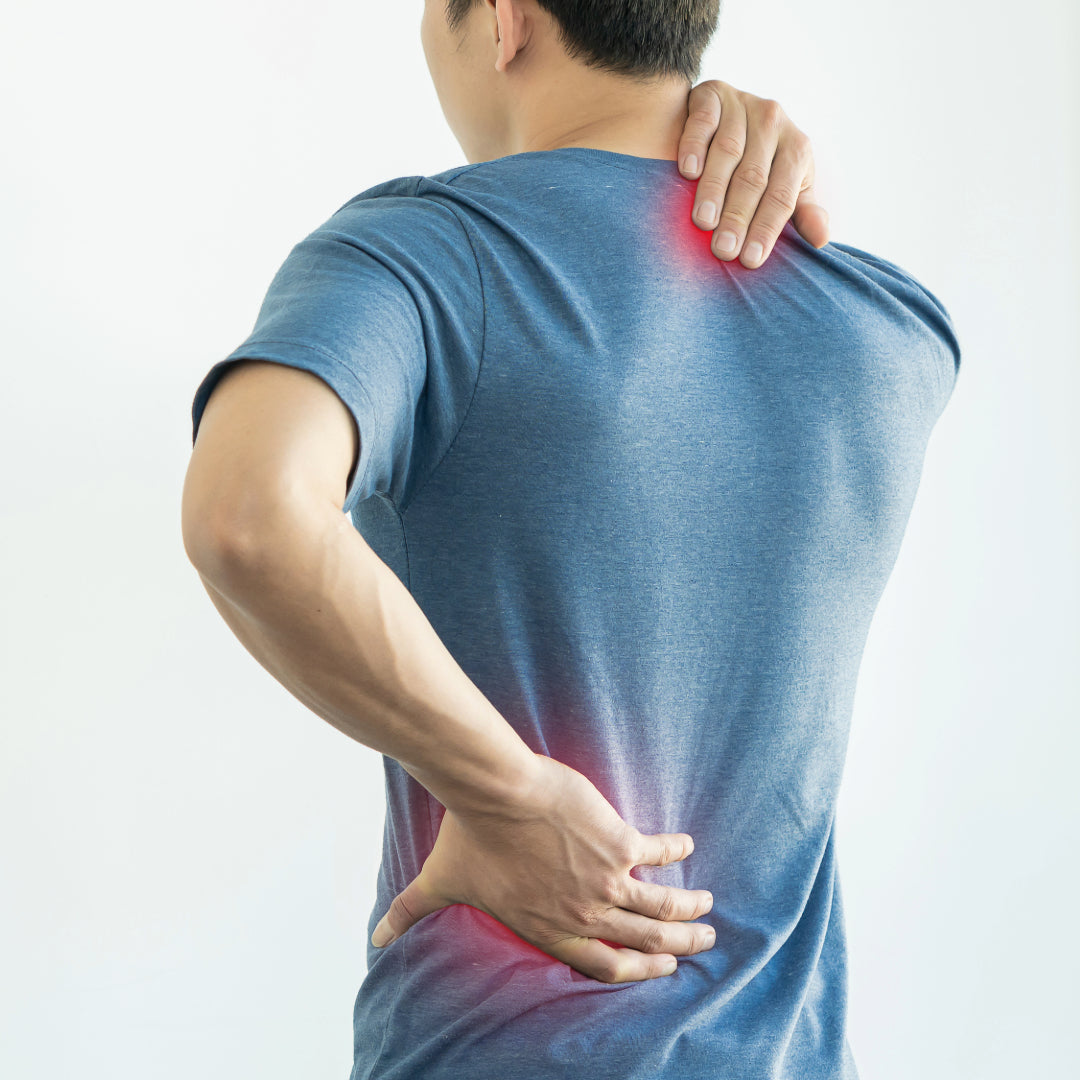
Chronic Pain: Understanding, Managing, and Treating Long-Term Pain
Introduction
Chronic pain is a persistent and debilitating condition affecting millions of people worldwide. Unlike acute pain, which is a direct response to an injury or illness and usually resolves with treatment, chronic pain persists for months or even years. This guide provides a comprehensive look at chronic pain, its causes, and effective strategies for managing and treating it.
What Is Pain?
Pain starts in receptor nerve cells located under the skin and in various organs. When these cells detect an injury, illness, or other issues, they send messages through nerve pathways to the spinal cord and then to the brain. Pain medication works by reducing or blocking these messages before they reach the brain.
Types of Pain
There are two main types of pain:
- Acute Pain: This type of pain typically comes from inflammation, tissue damage, injury, illness, or recent surgery. It usually lasts less than a week or two and resolves once the underlying cause is treated.
- Chronic Pain: Pain that persists for months or even years, often continuing beyond the usual recovery period or occurring alongside a chronic health condition like arthritis.
What Is Chronic Pain?
Chronic pain is long-lasting pain that continues beyond the expected recovery period. It can be continuous or intermittent and may interfere significantly with daily activities such as work, eating, physical activity, and enjoying life. Chronic pain can be a major medical condition that requires comprehensive treatment.
Causes of Chronic Pain
Chronic pain can have numerous causes, including:
- Past Injuries or Illnesses: Pain that persists long after an injury has healed.
- Ongoing Health Conditions: Conditions such as arthritis, cancer, and fibromyalgia.
- Unknown Causes: In some cases, chronic pain occurs without any clear cause.
The "Terrible Triad"
Chronic pain can lead to a vicious cycle known as the "terrible triad" of suffering, sleeplessness, and sadness. This cycle can exacerbate pain, cause depression, and result in insomnia. Breaking this cycle often requires a multidisciplinary approach.
Diagnosing Chronic Pain
Diagnosing chronic pain can be challenging as it is a subjective experience. Healthcare providers rely on patient descriptions and various tests to determine the cause of pain. Common diagnostic methods include:
- Physical examinations
- Blood tests
- Imaging tests (X-rays, MRI)
- Electromyography (EMG)
- Nerve conduction studies
Treatment Options for Chronic Pain
Treating chronic pain often requires a combination of strategies to manage symptoms and improve quality of life. Here are some common approaches:
Medications
Medications can help manage chronic pain. Options include:
- Over-the-Counter (OTC) Medications: NSAIDs, aspirin, and acetaminophen.
- Prescription Pain Medications: Opioids for severe pain, although these come with risks of dependency and side effects.
- Antidepressants: These can help increase levels of serotonin and norepinephrine, which play a role in pain control.
Physical and Occupational Therapy
Physical and occupational therapies can help manage pain through:
- Exercise programs to reduce stiffness and improve mobility
- Massage and whirlpool treatments
- Heat and cold therapies
Psychological and Emotional Support
Managing the psychological aspects of chronic pain is crucial. Techniques include:
- Psychotherapy and group therapy
- Stress management and relaxation training
- Biofeedback and behavioral changes
Alternative Treatments for Chronic Pain
In addition to conventional treatments, various alternative therapies can help manage chronic pain:
- Acupuncture: Involves inserting fine needles into specific points on the body.
- Aromatherapy: Uses essential oils from plants for therapeutic purposes.
- Mindfulness and Meditation: Practices that promote relaxation and stress reduction.
- Yoga and Tai Chi: Gentle exercises that improve flexibility and reduce pain.
Lifestyle Changes to Manage Chronic Pain
Making certain lifestyle changes can significantly impact chronic pain management:
- Stress Management: Reducing stress through techniques such as meditation, deep breathing, and mindfulness.
- Exercise: Regular, low-intensity exercise like walking or swimming can help reduce pain and improve overall health.
- Diet: Eating a balanced diet, possibly focusing on anti-inflammatory foods, can support overall health.
- Sleep: Ensuring adequate, quality sleep to support recovery and reduce pain.
Support and Resources
Living with chronic pain can be challenging, but you don't have to do it alone. Consider joining support groups or seeking resources to help manage your condition. Talking with others who understand your experiences can provide comfort and practical advice.
Conclusion
Chronic pain is a complex condition that requires a multifaceted approach to manage effectively. By understanding the causes, exploring various treatment options, and making necessary lifestyle changes, individuals can improve their quality of life. Always consult with healthcare professionals to tailor a pain management plan that suits your specific needs and conditions.
How We Reviewed This Article
Our content is based on thorough research and evidence from reputable sources to provide you with the most accurate and reliable information. We have consulted scientific studies, expert opinions, and clinical guidelines to ensure the information presented is up-to-date and trustworthy.
Evidence-Based
All claims and recommendations in this article are supported by scientific studies and expert opinions. We strive to provide evidence-based information to help you make informed decisions about your health and well-being.





